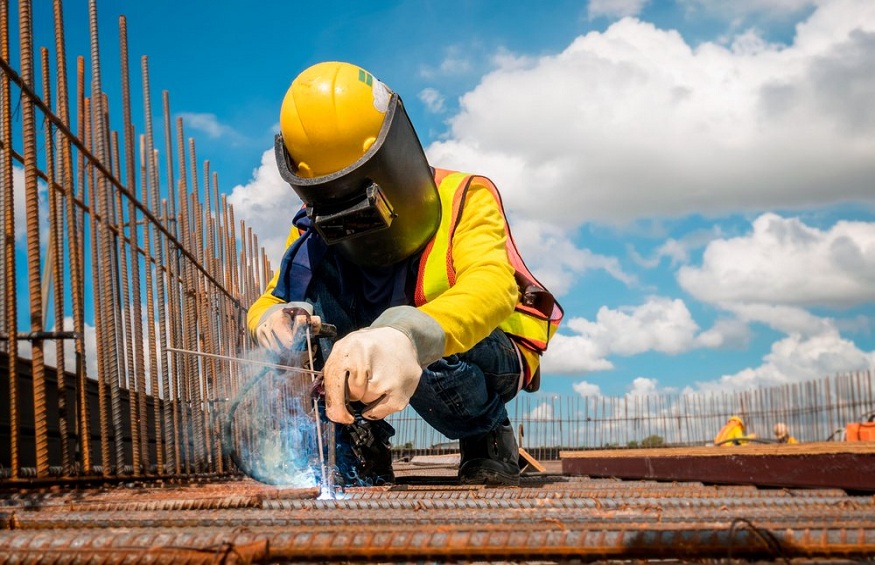Welding is a process in which metal or plastic is fused together using high heat. It’s a critical component of many construction projects.
Since a welder is consistently exposed to high heat and sparks, it’s imperative to follow all recommended safety precautions. If you’re welding Salem OR, keep reading for ways to be safer on the job.
Table of Contents
Assess the Fire and Explosion Risks
Sparks fly when pieces of metal are fused together with heat. These sparks can land on a nearby pile of wood or hit a building and start a fire or cause an explosion.
Before beginning any welding project, it’s important to assess the fire and explosion risks of your surroundings. If possible, move the pieces to be welded to a studio or another low-risk location. If the project is too large to be moved, you’ll need to move any fire hazards away from the area.
If neither the project nor the surrounding hazards can be removed properly, welding may not be the best option for the job.Where in the welding process there should not be the slightest error whether it is a crack, over heat, and so on. Welding activities are carried out in various places such as welding in open spaces, closed spaces and in high places. This research was conducted by means of interviews and direct observation. according to research is to identify the dangers of welding activities, assess the risks of welding hazards in open spaces, closed spaces and at high altitudes so that they can determine how to control them. The safety risks faced by welding workers are hitting the workpiece, being scratched and hit by a slag hammer, being cut by a hand grinder, slipping, being electrocuted, burning, being electrocuted by fire, falling, being hit by a spark, being pierced by pieces of iron, falling from a height, fainting, gas poisoning and hit the workpiece. The hazard impacts that will occur are damage to the eyes and skin, respiratory problems, causing an explosion or fire, death, bodily injury, and burns to the body of the workforce. Controls are carried out based on the control hierarchy, namely engineering control, administrative control and personal protective equipment.
Wear PPE
Welders should always wear appropriate personal protective equipment, also known as “PPE.” The welder’s equipment should include a helmet to protect against flying sparks and debris. He or she should also wear goggles to protect the eyes, fire-resistant gloves and earplugs. A respirator should be used in situations where the air quality is poor or unknown.
Additionally, clothing should be worn close to the body. Shirt sleeves should not fall below the wrists, and pant cuffs should not drag on the ground.
Ventilate the Area
Workers who are consistently exposed to welding fumes and gasses are at higher risk of developing adverse health conditions such as cancer or brain damage. When welding, it is critical to work in properly ventilated spaces. If you’re unsure of the ventilation standards, a respirator can help keep you safe.
Welding is an important part of many construction projects, but it can be dangerous. By following the proper safety protocol, welders can minimize the risks associated with this process.

